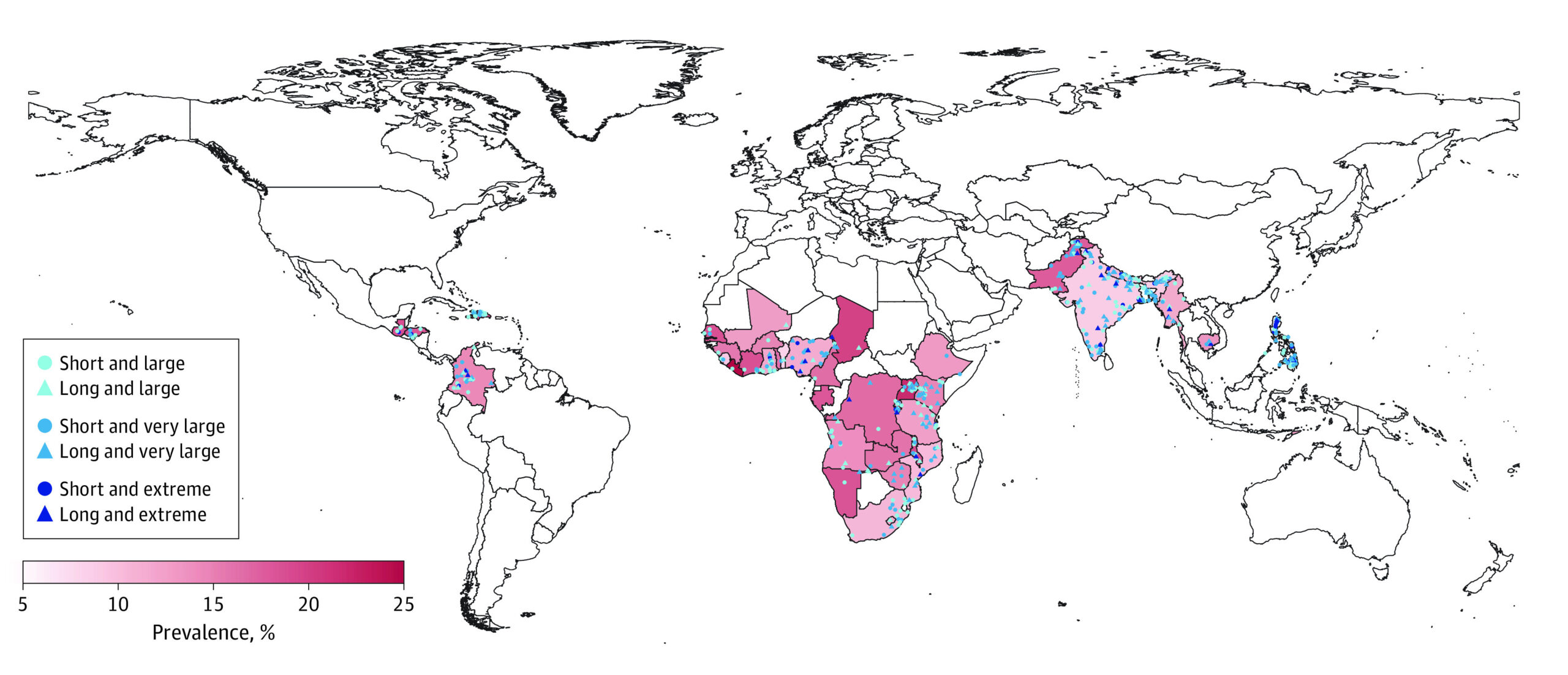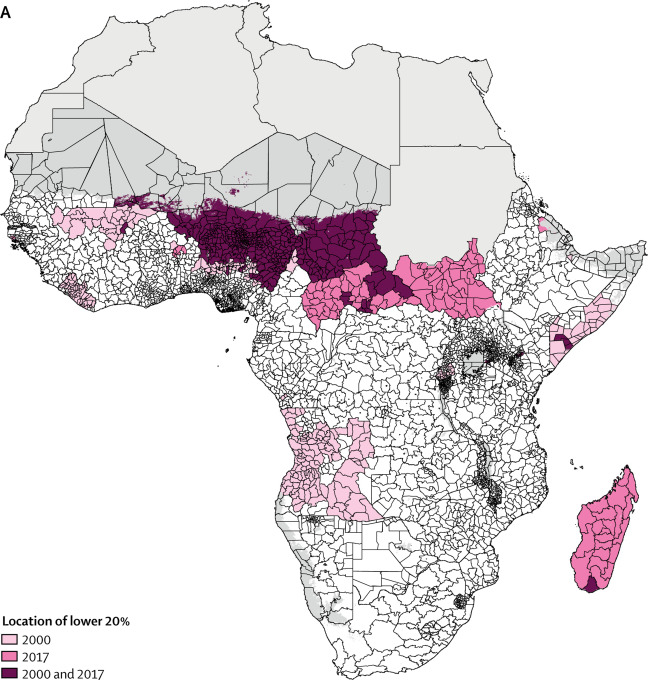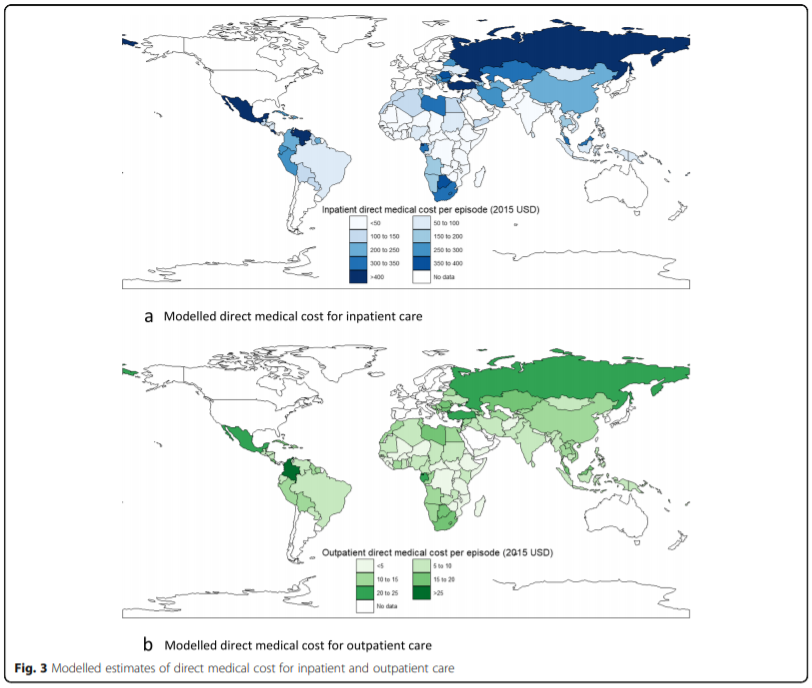
Association of enteropathogen detection with diarrhoea by age and high versus low child mortality settings: a systematic review and meta-analysis

Diarrheal disease can be caused by many different pathogens – including rotavirus, adenovirus, Shigella, enterotoxigenic E. coli, Cryptosporidium, and others – and many models for estimating the burden of diarrheal diseases across populations rely on pathogen-specific odds ratios (ORs). An OR compares the presence of a pathogen in diarrheal cases versus asymptomatic controls in order to estimate the likelihood that the pathogen will result in diarrheal disease after exposure. Multiplied by the number of children who are likely exposed to a certain pathogen, ORs can then provide an estimate of pathogen-specific burden of disease in a certain population.
Published in The Lancet Global Health, this article provides the results of a systematic review and meta-analysis estimating summary ORs for diarrheal disease pathogens. It uses 130 studies supplemented with data from the Global Enteric Multicenter Study (GEMS) and the Malnutrition and Enteric Disease (MAL-ED) study.
Summary ORs varied widely by age group and setting, ranging from 0·4 (95% CI 0·2–0·6) for Giardia lamblia to 54·1 (95% CI 7·4–393·5) for Vibrio cholerae. The authors argue that incorporating effect estimates from diverse data sources into diarrheal disease cause and burden of disease models is needed to produce more representative estimates of the burden of diarrheal diseases.


